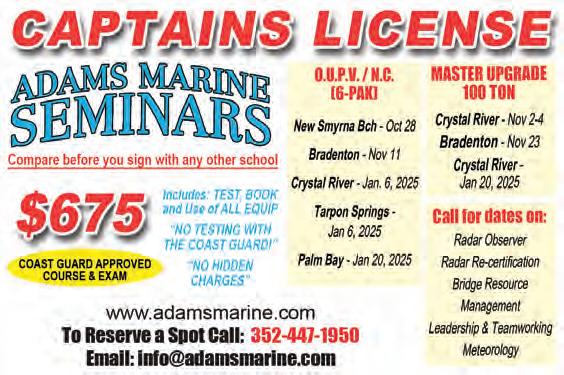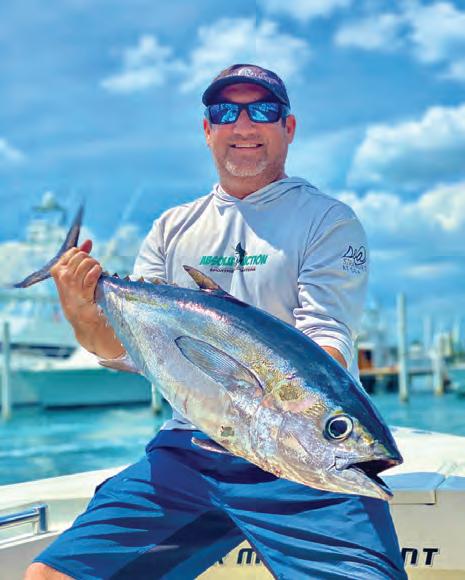





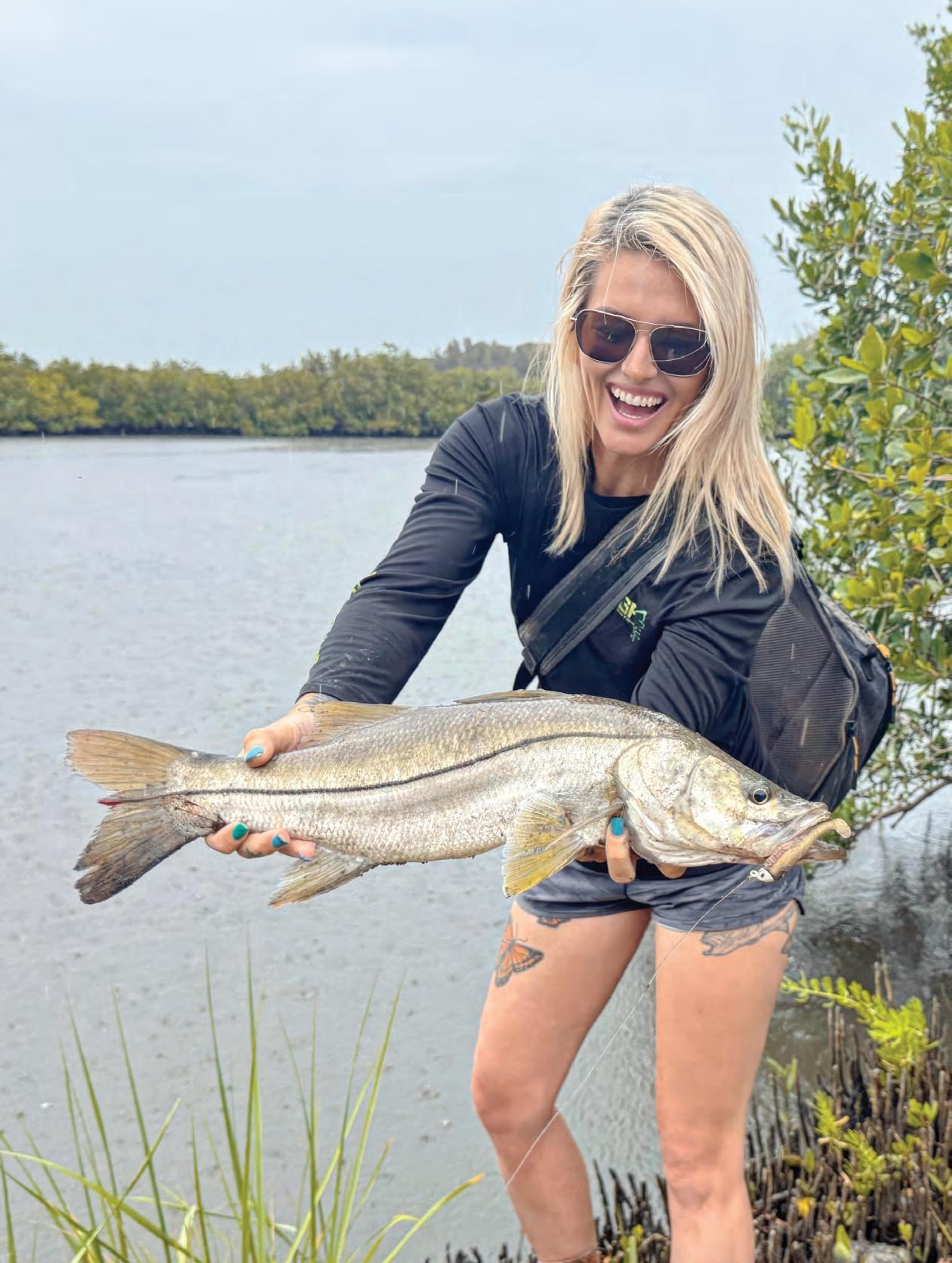



You want new charts?
You got new charts! Explore the ocean with vibrant terrain & depth shading, using all-new TZ MAPS. Don’t just take our word for it. See for yourself. Scan here, and we’ll show you!
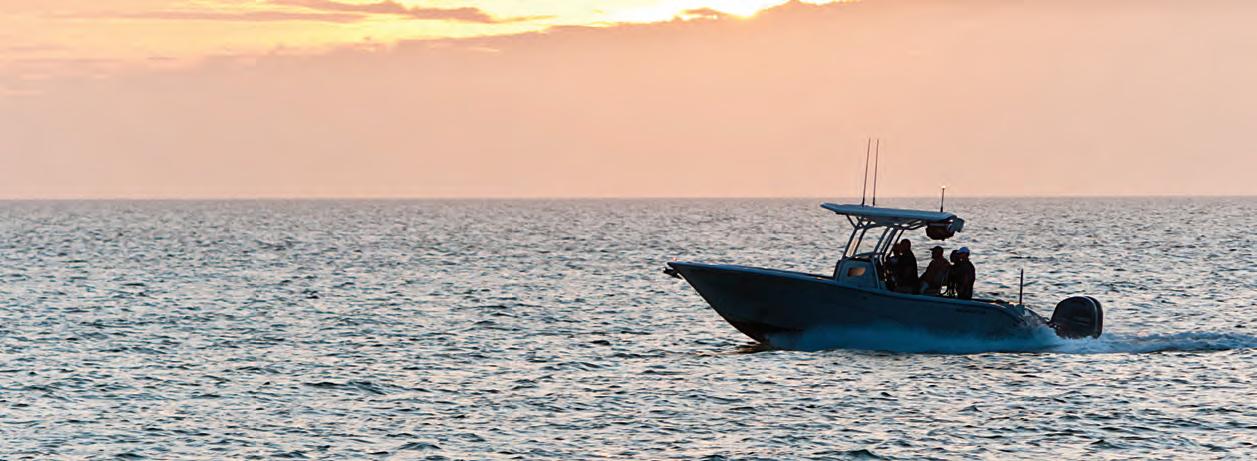
Are you ready to embark on your next on-water adventure? Before you set sail, here are fve things to know about boat insurance.
1. Boat insurance isn’t just for accidents
With comprehensive coverage, you’ll also be protected fnancially for theft, vandalism, and unexpected events like storms if you need repairs or replacements due to damage.
2. Accidents can happen to anyone
When accidents happen, boat insurance offers liability coverage for damages or injuries you cause while boating, up to specifed limits. It can also cover lawsuit costs if you’re sued.
3. Boat insurance can cover medical payments
Boat insurance offers a range of optional medical payments coverage limits, helping to cover medical expenses if you’re in an accident or someone is hurt on your boat, regardless of fault.
4. Most lenders require boat insurance
If you fnanced your boat, you’ll likely need boat insurance since most lenders require boat insurance to protect their investment. Additionally, some marinas or municipalities require proof of insurance for docking.
5. Progressive offers specialized boat coverages
Ever worry about getting stuck on the water?
Progressive’s Sign & Glide® On-Water Towing coverage** can help. It’s an additional coverage that steps in if your boat is disabled or breaks down on the water, paying for on-water towing, jump starts, soft ungroundings, and fuel delivery. Fuel cost isn’t included.
Don’t let unforeseen circumstances disrupt your voyage. Cruise with confdence thanks to Progressive Boat insurance. Because when it comes to your boat, peace of mind is the ultimate luxury.
Scan to get a quote in as little as 4 minutes.
to learn more.




















By Skye Burkhardt

In recent years, paddleboard !shing has quietly emerged as one of the most immersive and rewarding ways to !sh, particularly in the backwaters where nature whispers and big !sh lurk in shallow, untouched waters. Combining the stealth of a kayak with the freedom and perspective of stand-up paddling, paddleboard !shing o ers a unique experience that connects anglers to their environment in a deeply personal way. You become part of the environment—just another element in a quiet, dynamic system. Every ripple matters, every shadow could be a !sh. It’s !shing stripped to its essentials: a board, a rod, and your wits.
Backwaters—those slow-moving or stagnant tributaries and tidal creeks separated from larger bodies of water—are havens for !sh and wildlife. ey’re o en shallow, weedy, and di cult to access with motorboats, making them ideal for paddleboards. ese secluded waterways harbor species like red!sh, snook, bass, tarpon, and trout, depending on your region. e calm water allows for sight !shing and careful stalking, while the surrounding vegetation provides natural structure and cover for !sh. For anglers seeking peace, solitude, and the thrill of spotting and targeting !sh in crystal-clear shallows, backwaters are unmatched.
Paddleboards o er several distinct advantages in the backwaters:
• Maneuverability: ey can access shallow and narrow areas where boats can’t go.
• Stealth: Paddleboards glide silently, allowing
you to approach !sh without disturbing them.
• Sight Fishing: Standing gives anglers a better vantage point to see !sh and structure below the surface.
• Portability: Easy to transport and launch, paddleboards can be carried to remote areas with little e ort.
• Minimal Impact: Paddleboards have a low environmental footprint, making them a great choice for conservation-minded anglers.
Fishing from a paddleboard requires packing smart. Space is limited, so prioritize:
• Rod and Reel: A medium-action spinning setup is versatile for most species.
• Tackle Box: A compact, waterproof tackle box with your go-to lures, so plastics, hooks and leaders.
• Anchor or Stakeout Pole: To hold position in wind or current.
• Cooler: Dual-purpose for storage and seating.
• PFD (Personal Flotation Device): Required by law and essential for safety.
• Dry Bag: Keep your phone, wallet, and other valuables safe.
• Sun Protection: Hat, polarized sunglasses, and sunscreen are must-haves.
1. Practice Paddle Control: Master basic paddling and balance techniques before trying to !sh while standing.
2. Stay Organized: Use carabiners and bungee cords to keep gear secure and accessible.
3. Scout the Water: Stand and scan for tailing
!sh, bait activity, or subtle ripples.
4. Be Patient: Quietly dri or pole through likely spots, and avoid sudden movements.
5. Time Your Trip: Early morning and late evening o er cooler temps, calmer water, and more active !sh.
Paddleboard !shing in the backwaters is more than a hobby—it’s a return to simplicity and intimacy with nature. It’s a growing movement that emphasizes low-impact adventure, selfreliance, and a deep appreciation for wild, o en overlooked places. Whether you’re targeting snook in a mangrove tunnel, bass in a hidden freshwater creek, or red!sh on a mud at, the experience of !shing from a paddleboard is less about the catch and more about the connection— to the water, the !sh, and yourself. For anglers ready to trade noise and crowds for silence and solitude, the backwaters await.
If you’re interested in paddleboard !shing, but don’t have the equipment or gear, be sure to enter my “Ultimate Halloween Paddleboard Fishing Package” giveaway presented by Coastal Angler Magazine, where you could score a “Tricked Out” Live Watersports paddleboard equipped with an ePropulsion eLite electric motor, paddleboard !shing gear and accessories, apparel and more! Scan the code in the ad on the next page or visit coastalanglermag.com/CAM-giveaway for more details and to enter.
Find Skye Burkhardt on Facebook at “Inshore Adventures With Skye,” and on Instagram: @brassyangler87.
























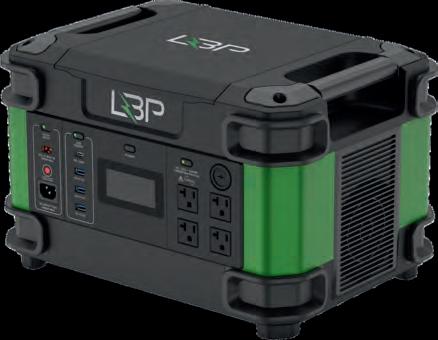




Lithium Battery Power (LBP), a leading innovator in advanced battery solutions, has taken top honors in the Energy category at the 2025 International Convention of Allied Sport!shing Trades (ICAST). e company’s groundbreaking Powerbox 2.5 kW / Solar Panel Lithium Battery Charging System was awarded the Best of Category: Energy, signaling a major leap forward in sustainable, high-performance energy technology for anglers and outdoor enthusiasts.
Held annually in Orlando, ICAST is recognized as the world’s largest sport!shing trade show and a hub for innovation within the industry. Each year, hundreds of new products are submitted for consideration across multiple categories, but only the most impressive make it to the winner’s circle. LBP’s Powerbox system stood out for its combination of portability, power, and green energy integration. e award-winning Powerbox 2.5 kW system delivers robust, reliable energy storage and output
in a compact, rugged form factor. It’s designed to meet the demanding needs of outdoor enthusiasts who rely on consistent power in o -grid environments. Integrated with a high-e ciency solar charging panel, the system ensures power sustainability even during extended trips, reducing the need for fuel-powered generators or frequent dock visits.


outages, hurricanes and critical jobsite power along with the heavy 12 volt demands in marine environments got their attention over all others in the Energy category.
“We are honored to receive this recognition at ICAST,” said Don Mitchell, Sales Director for Lithium Battery Power. “Our goal has always been to push the boundaries of battery technology while supporting eco-conscious outdoor recreation. e Powerbox system is a direct response to what today’s anglers need— power that lasts, in a package that’s smart, clean, and easy to use.”
e judges at ICAST praised the Powerbox for its innovative design, versatility, and emphasis on clean energy. Weekend power
is win marks a signi!cant milestone for Lithium Battery Power, reinforcing its position as a leader in the renewable energy sector within recreational vehicle and marine markets.
As the industry shi s toward more sustainable and e cient energy solutions, Lithium Battery Power’s win at ICAST 2025 signals that the future of on-the-water power is not just electric - it’s solar, smart, and built for adventure.

By Will Schmidt
If you have spent any time bottom !shing you know that occasionally on the heaviest of tackle you can outsmart a big snapper and end up with a solid !sh. Other days you can struggle to get even shorts. If you really want to up your game, it is time to lighten up.
When I say light, I mean straight 20 or 30lb mono and light wire 3/0 hooks. You may get broken o at times, but it is worth it for a box full of stud mangos and ARS. My go to big snapper setups is G Loomis IMX Pro Blues 843 casting rod with Shimano Trinadad TN20. is out!t is light, sensitive, and deadly on snapper. Some might like a bit lighter action rod but I have found that even with straight 20lb test you can really put a lot of pressure on these !sh and the backbone is nice to get them o the bottom as quickly as you can. A bit heaver is also nice when that grouper inevitably grabs the bait.
Here is a pro tip. One of the key elements for success to get big snapper, especially mangos, is the ability to react fast. Snapper get their name because they will o en quickly snap at a bait and then release it. With these sensitive rods and a gear ration of 6.2 to 1 you can pick up 46 inches of line in a single turn. A sensitive rod and a fast
reel means when you feel that tap, you can come tight instantly even in deep water. Remember you must use circle hooks so reeling vs setting the hook is the way to connect to these A fast reel might be the most important tool when snapper !shing.
My go to bait is a live pin!sh because, everything eats a pin!sh. I like having a livewell full of nice hand size pins. I do also use thread!ns both live and dead. read are great baits, but a good stout live 7 inch thread is remarkably strong and can be tough to get to the bottom as they swim o with your lead. at means dead threads can be easier to get to the strike zone. Cut the heads and tails o and make a thread “plug.” read “plugs” are awesome for snapper bait especially when live bait is not available. If hook ups are tough, I will double up my hooks, snelling 2 circle hooks close together and getting both hidden inside the plug to increase my hookup ratio. Regardless, I use 3 to 4 feet of mono leader then a swivel and a 3 ounce lead to hold the rig right on the bottom.

light and you will likely !nd the results are worth it.

Whether you really want to target big snapper or the bite is just really tough, try going
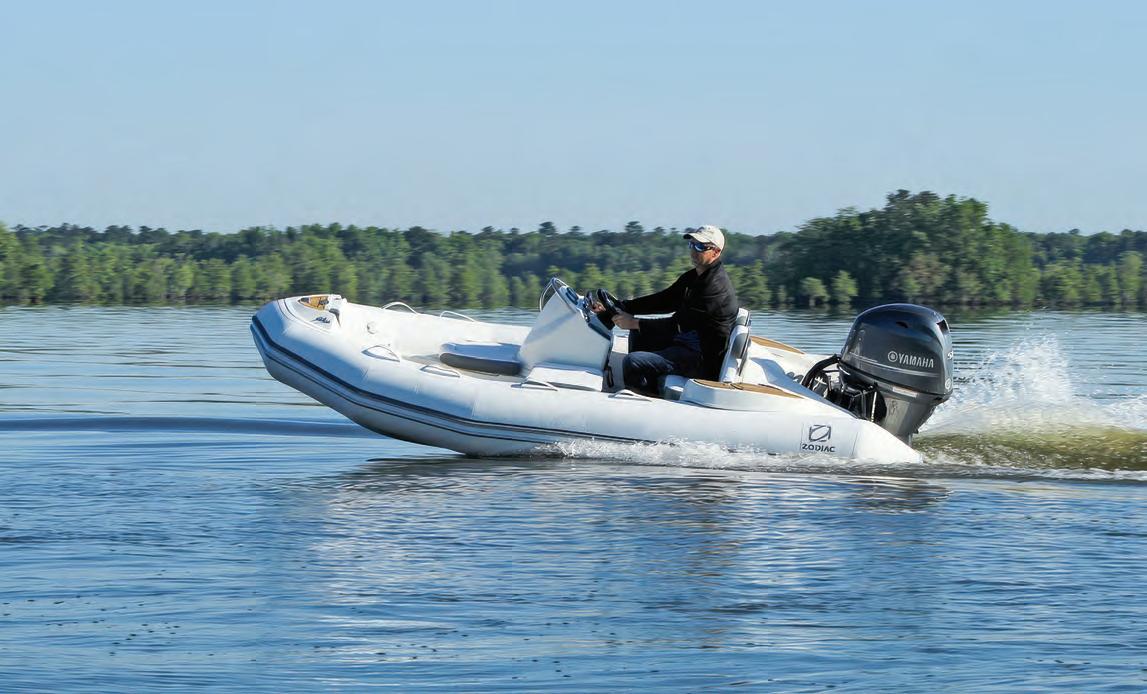





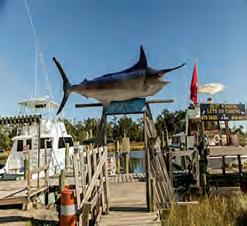
By: Nathan Rich

eptember is one of the hottest months here on the Gulf Coast and spending those long days out on the water can really take it out of you. This time of year, I really like to focus my efforts fishing lights around docks and marinas, lights can provide many awesome opportunities to catch a variety of inshore game fish. Here are a few tips that are sure to increase your success out on the water.
The first tip is to pick the right time to go. The best time to target lights will be after midnight. The later into the evening it gets, the more bait fish will start to appear near the lights which will attract your trout and redfish. It is also important to note that things begin to get quieter after midnight, the boat traffic slows down, and the neighborhood cookouts and parties have shut down, the only noise to be heard is caused by nature itself. This will bring the big guys out to feed.
The next tip is have the right approach to the docks. The one thing you do not want to do is pull up to a promising light just to throw out your first cast and hook the dock. To prevent this always stage up where your casts will be made parallel to the dock instead of throwing directly at the dock. This will also give you the opportunity to work your lures through the strike zone longer, which is directly next to the dock.


The last tip is all about


The last tip is all about tackle. When fishing lights you want to go light! Remember that these smaller baitfish are higher up in the water column and the trout and redfish are feeding up on the baitfish. A heavier presentation will put you lower in the water column and may reduce the number of bites you get. I try to stay with a 1/16 or 1/8 oz. jig head for fishing lights.
reduce the number of bites you get. I try to stay with a 1/16 or 1/8 oz. jig some and Coast
I hope you all find these tips helpful, get out there, and land some biggins. If you have any questions or want to find more helpful tips for fishing around the MS and AL Gulf Coast please feel reach to reach out to us on YouTube at Southern Salt Kayak Fishing. Until next time tight lines and stay safe!!


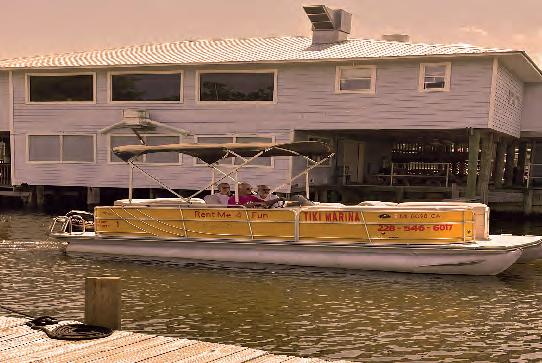

BY: SONNY SCHINDLER SHORE THING FISHING CHARTERS

September is actually a pretty darn fun month to be on the water. All the kiddos are back in school, hunting seasons are getting cranked up and our beloved SEC football takes a lot of people off the water. What I’m saying is the crowds will have definitely thinned out. On top of all that the fishing is actually very good. Yes we will still have to contend with some hot days and possible tropical weather but that’s a package deal here in South Mississippi.
eptember is actually a pretty darn fun month to be on the water.
All the kiddos are back in school, hunting seasons are getting cranked up and our beloved SEC football takes a lot of people off the water. What I’m saying is the crowds will have definitely thinned out. On top of all that the fishing is actually very good. Yes we will still have to contend with some hot days and possible tropical weather but that’s a package deal here in South Mississippi.
We have seen a good many Tripletail this summer and barring any monsoon Rains this should be the month to get the big ones. Some of the better triple tails we have been seeing are very close to the mainland so you may not have to travel too far to get a trophy one.
We have seen a good many Tripletail this summer and barring any monsoon Rains this should be the month to get the big ones. Some of the better triple tails we have been seeing are very close to the mainland so you may not have to travel too far to get a trophy one.
Again, one of my favorite things to do is cruise the beaches looking for any kind of floating or fixed structure for Tripletail. All the while scanning the horizon for feeding bull reds and Jack Crevalles. There are plenty of days you will get to do a lot of big fish fishing and triple tail catching with this technique. A big Live Bait or curly tail jig with a hefty spinning outfit will get it done on the big fish. For the triple tail you can use light Tackle and a big Live shrimp. Just remembered not to hit the fish on the head with the cork or the bait.
Your trout fishing is most certainly going to be early morning and late afternoon for the best bites. If you can’t make those times work, I’d recommend fishing some deeper structure, that is most likely where the fish are going to be in that cooler water down deep.
Again, one of my favorite things to do is cruise the beaches looking for any kind of floating or fixed structure for Tripletail. All the while scanning the horizon for feeding bull reds and Jack Crevalles. There are plenty of days you will get to do a lot of big fish fishing and triple tail catching with this technique. A big Live Bait or curly tail jig with a hefty spinning outfit will get it done on the big fish. For the triple tail you can use light Tackle and a big Live shrimp. Just remembered not to hit the fish on the head with the cork or the bait.
Your trout fishing is most certainly going to be early morning and late afternoon for the best bites. If you can’t make those times work, I’d recommend fishing some deeper structure, that is most likely where the fish are going to be in that cooler water down deep.
The nearshore reefs along Hancock and Harrison County have been fantastic all summer. A frisky live shrimp or even a fresh dead shrimp fish near and around the structures can get you speckled trout, puppy drum, red fish, and several other tasty swimmers. Plan on losing Tackle It’s just pay to play fishing around these structures.

The nearshore reefs along Hancock and Harrison County have been fantastic all summer. A frisky live shrimp or even a fresh dead shrimp fish near and around the structures can get you speckled trout, puppy drum, red fish, and several other tasty swimmers. Plan on losing Tackle It’s just pay to play fishing around these structures.



If you wanted to tangle with a big shark, you should be able to do it all month long. Fishing in deeper channels or drifting through schools of ladyfish with large cut or Live Bait will most certainly work. When the cooler temperatures hit next month, the sharks will likely begin heading offshore.
We had to contend with a lot of crowds and some pretty serious thunderstorms this summer. Hopefully September will be a laid-back fishing month for all of us.
If you wanted to tangle with a big you should be able to do it all month long. Fishing in deeper channels or drifting through schools of ladyfish with large cut or Live Bait will most certainly work. When the cooler temperatures hit next month, the sharks will likely begin heading offshore. We had to contend with a lot of crowds and some pretty serious thunderstorms this summer. Hopefully September will be a laid-back fishing month for all of us.














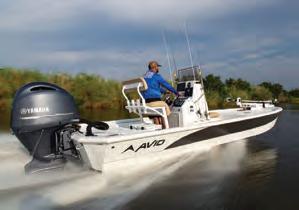





One Sunday morning in late July I woke up on Cat Island off the beautiful Mississippi Gulf Coast. We were finishing up a three day all inclusive overnight charter. We did a couple hours of fishing and caught plenty of speckled trout. I had enough time to get home, swap out some clothes catch a shower and head to see the Counting Crows at the amphitheater in Guatier.
From the concert, we drove a little further east and met some friends in Alabama, on Dauphin Island for a mini vacation.
If you have never been to Dauphin Island, it is a must see destination. It’s very quaint and quiet. If you are looking for a beautiful lowkey beach getaway, Dauphin Island is the spot. Did I forget to mention…the fishing is pretty amazing too.
So after waking up on Cat Island and going to bed on Dauphin Island, the most logical thing to do was meet up with my old friend Captain Jeff Thierry with the charter boat Dorado.
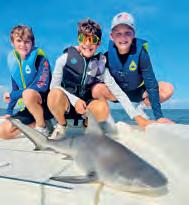
It’s been close to 20 years since he and I have gotten to fish together; and really just hang out. The years have been kind to my friend and he has done very well for himself. He runs a private boat most days and on his few “off days” , he still takes a couple of charters out. He could not have been more accommodating to our crew. Half of our party needed to leave the island early, due to a funeral. We did not even ask, but Jeff offered to move our trip a day earlier, and it worked perfectly.

Jeff told me his daughter Kayleigh would be the deckhand for this trip. I’ll be honest, I have seen a lot of deck hands over the years, both good and bad. I would put Miss Kayleigh up against the best of the best. She moved around the boat
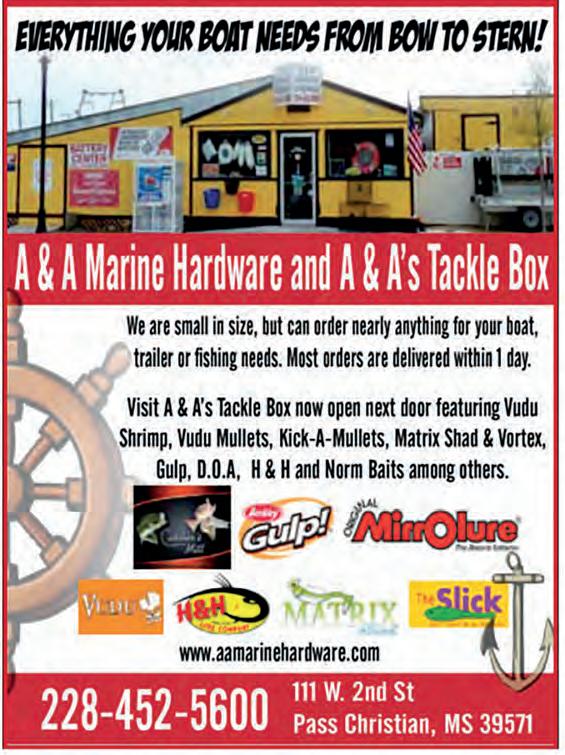
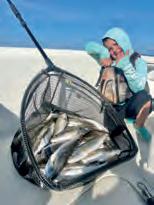
effortlessly. She got in a rhythm with Captain Jeff where they operated as one single unit. It’s very hard to do, but when you have that synergy on the boat it’s a beautiful thing to see. She and Jeff answered all one million of our questions with a smile. Kayleigh had everybody baited and ready at every single stop. She was absolutely delightful to have on the boat. While we were exiting Mobile Bay,Jeff and I were catching up on all the gossip we’ve missed over the last two decades. He pulled back on the throttles and Kayleigh immediately grabbed a spinning rod. When I looked around, I realized there were sea turtles in every direction. I’ve seen plenty of sea turtles over the years, but never this many in one location. There was a big cobia, trailing one of them that we got to eat a lure, but it didn’t stay buttoned. To be honest, our crew was more impressed with the giant sea turtle swimming around the boat, it already made the trip for most of us.

As far as the snapper fishing goes, between captains Jeff’s many years of experience and Miss Kayleigh’s hard work, those tasty red critters did not stand a chance. I think we could have been done in a matter of minutes, but Jeff wanted to check a few of his “secret spots”, so that’s what we did. It was actually pretty fun to make one or two drops at each stop. We all got bit, some would get a few fish, and we would just keep moving. The near 100° temperatures made the boat ride very enjoyable.
Like all good things it came to an end way too soon. Jeff cleaned our fish quickly, Miss Kayleigh was busy scrubbing the boat, and half of our crew was back at the island house getting ready for our fresh fish dinner. We stayed another night or two on Dauphin Island, and got back to the Mississippi Gulf Coast a few days later. Later that same week, I was back on Cat Island enjoying an unbelievable meal of the snapper we had caught. If this is what Island hopping is all about, sign me up for more of this stuff!!!





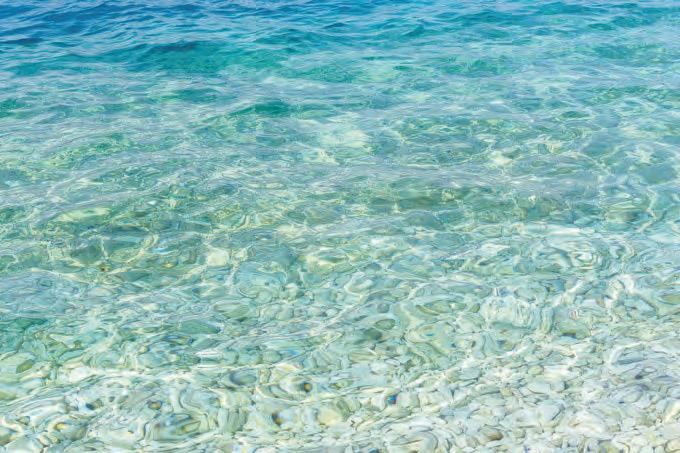





An angler from the Midwest recently had a !shing experience to remember along the banks of the Missouri River near St. Louis.
Wally Klein hooked an enormous 86.8-pound blue cat!sh—an incredible catch that tested both his !shing technique and physical strength.

Using gizzard shad as bait and a standard rod-and-reel setup, Klein fought the powerful !sh before !nally bringing it ashore near Washington, Missouri, according to the Missouri Department of Conservation (MDC).
A er snapping a quick photo to commemorate his achievement, Klein released the massive cat!sh back into the river unharmed.

Klein told MDC o cials it was the largest !sh he’s ever caught. e department congratulated him on the impressive feat, saying, “Congrats on this impressive !sh.”
e Missouri River is a well-known destination for trophy cat!sh, particularly blue cat!sh, which are prized for their size and their spirited !ghts—making them a favorite and true challenge among seasoned anglers.
Klein’s cat!sh was a monster, but it didn’t quite break the state record — which was also set in the Missouri River. Back in 2010, Greg Bernal landed a 130-pound blue cat!sh, a catch that was a world record at the time.
Want to learn more about cat shing Missouri’s big rivers?
Visit: https://mdc.mo.gov/ shing/species/cat sh/big-river-cat shing.



Capt. Mike Smith

The common snook, a.k.a. linesider, a.k.a. robalo, is one of the most sought a er game!sh in Florida waters. Sportsmen and women from all over the world come to Florida to catch these hard !ghting, jumping, head shaking, drag pulling !sh.
Snook will de!nitely eat top water lures, jigs, jerkbaits, wake baits, suspending hard baits, spoons, and ies but they love arti!cial shrimp.
Arti!cial shrimp will catch snook all year long; day or night; salt or fresh water; in every ecosystem, anywhere that snook live.
One of the best ways to catch snook with arti!cial shrimp is skipping them under and around structures like mangrove branches, docks, sea walls, sand bars and oyster bars. Pitch the shrimp to the structure and let it sink. en give it a twitch, twitch and let it sink again, then twitch, twitch and repeat the process until your arms get tired of reeling in linesiders..
Snook like a slower retrieve in the cooler months. Make sure to slow it down when the water temperatures approach the 70 degree level or less. A faster retrieve works better when water temperatures are between 75 and 85 degrees. Snook o en stop biting when water temperatures get above 90 degrees.
Another great characteristic of the arti!cial shrimp is that it skips like a dream. e 3 inch shrimp is the go to arti!cial shrimp lure for most hardcore snook !shermen. However, there are days when the snook are more discerning and a 2.75 inch or a larger 4 inch shrimp is the better size and pro!le choice.
e best color choices for shrimp lures are transparent, natural colors with gold or silver glitter in them for sunny days and clear water scenarios. More opaque and darker colors work better in dirty water and on cloudy days.


Many !shermen struggle when !shing arti!cial lures into tight cover scenarios. Sometimes, it takes about 50 casts and the loss of a half dozen shrimp lures to perfect the technique. But it is de!nitely a skill that any serious snook !sherman needs to master.
Capt. Mike Smith, owner of Fish Your Ass O Charters, is an inshore shing guide who has been shing the inshore waters, oyster bars and grass ats of Florida for more than 40 years. Reach him at (561) 339-2317, email: contact@ shyourasso .com or visit shyourasso .com.








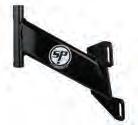





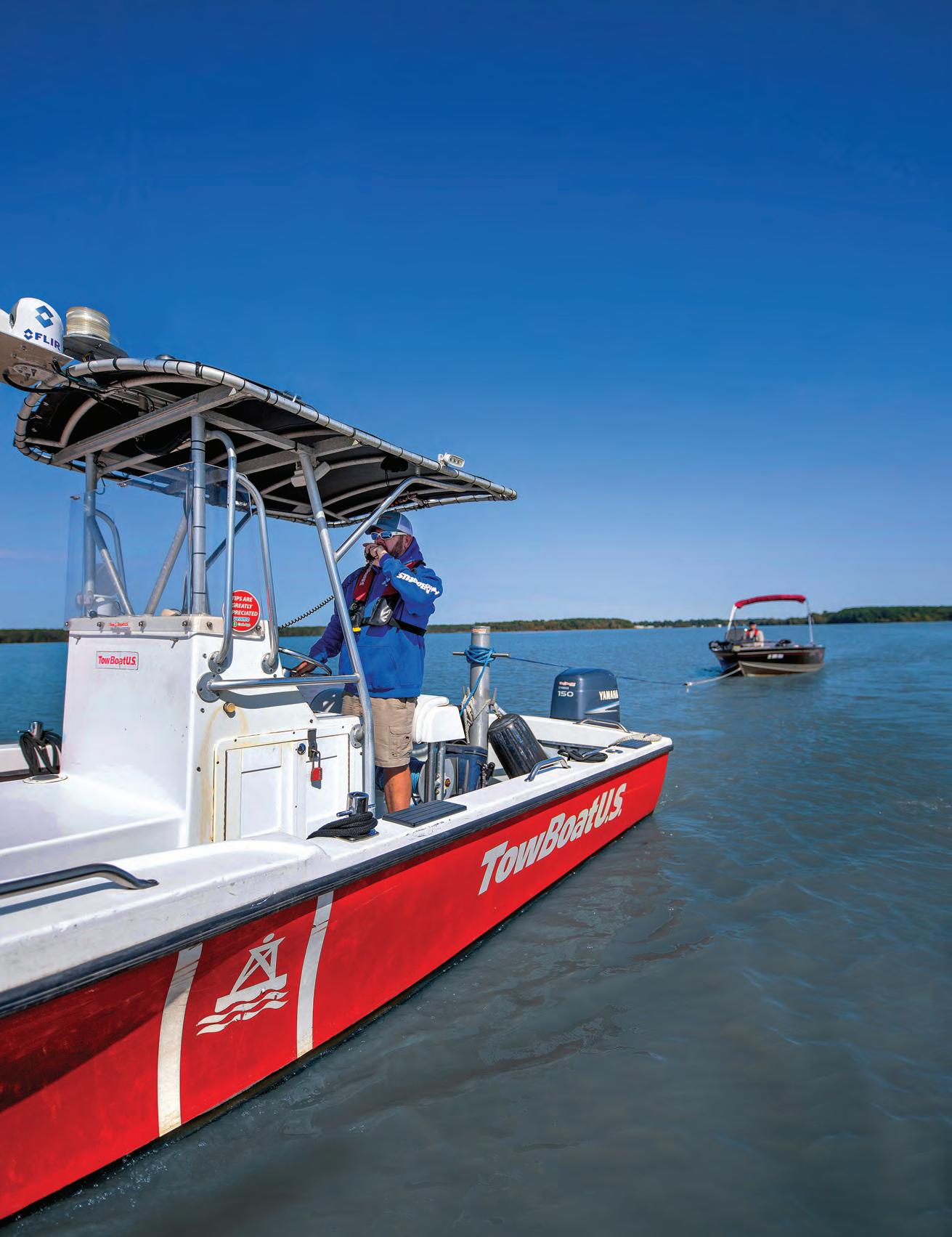




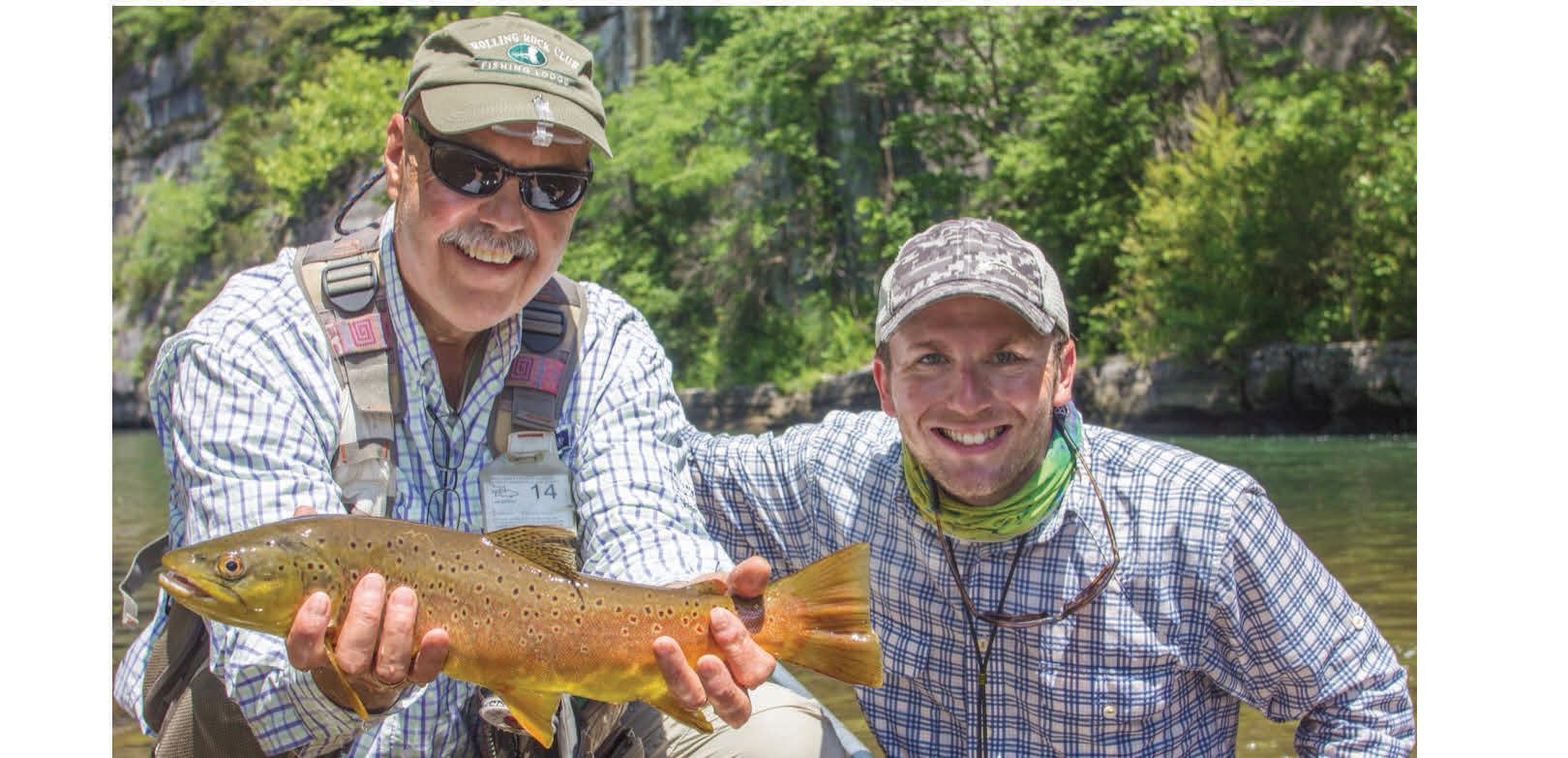



Whether for sport or for the table, pan!sh—especially slab crappies and hand-sized bull bluegills—are a favorite target among anglers. And when the air cools and leaves start to fall, pan!sh !shing heats up. Autumn can be one of the best times to catch these !sh, but it comes with a unique set of challenges. Changing vegetation, dropping water temperatures, lake turnover, and bait!sh migrations can make !nding pan!sh feel like solving a seasonal puzzle.
Fortunately, by learning to read these fall cues you’ll consistently !nd success on the water.
As lake temperatures cool and turnover occurs, bait!sh begin shi ing toward shallower cover where they can !nd safety and warmth. is movement sets o a chain reaction. Pan!sh follow the food, o en stacking up around cover like submerged wood or rocky structure. ese areas become prime real estate for fall !shing.
Weather plays a major role, too. On cold, blustery fall days, pan!sh o en slide deeper, becoming more predictable and easier to !nd with electronics. Deep basin areas in 20 to 25 feet of water can light up with schools of crappies—and sometimes bluegills—suspended and ready to bite. ese deeper !sh are o en aggressive, making for a rewarding but ethically sensitive bite. When !shing at those depths, barotrauma becomes a real issue. Released !sh o en don’t survive, even if they swim o , so it’s important to harvest what you catch, regardless of size.
On the ip side, when the weather is mild and
the sun is out, pan!sh can be found shallower, relating to weedlines, cribs, and brush piles. Healthy, vertical weeds are a magnet for fall pan!sh and can hold !sh all the way into !rst ice. In fact, some of the best fall bluegill bites happen in just !ve to eight feet of water, especially in lakes where dense, green weedbeds persist.
Lake size also in uences fall behavior. On smaller lakes—200 acres or less—dropping water temps and decaying weeds tend to concentrate !sh even more. As long as green weeds remain, pan!sh will hold tight to them. But as those weeds die o , the !sh begin to push toward deeper structure or out into the basins in preparation for winter.
Crappies in particular become more predictable in the fall, o en schooling up tighter and acting more aggressively than during other seasons. ey’re easier to pattern as they transition from summer haunts to winter basins, o en stopping along the way at deep weedlines or submerged timber. In lakes with ample wood or crib structure, these can be hotspots that hold large schools well into late fall.
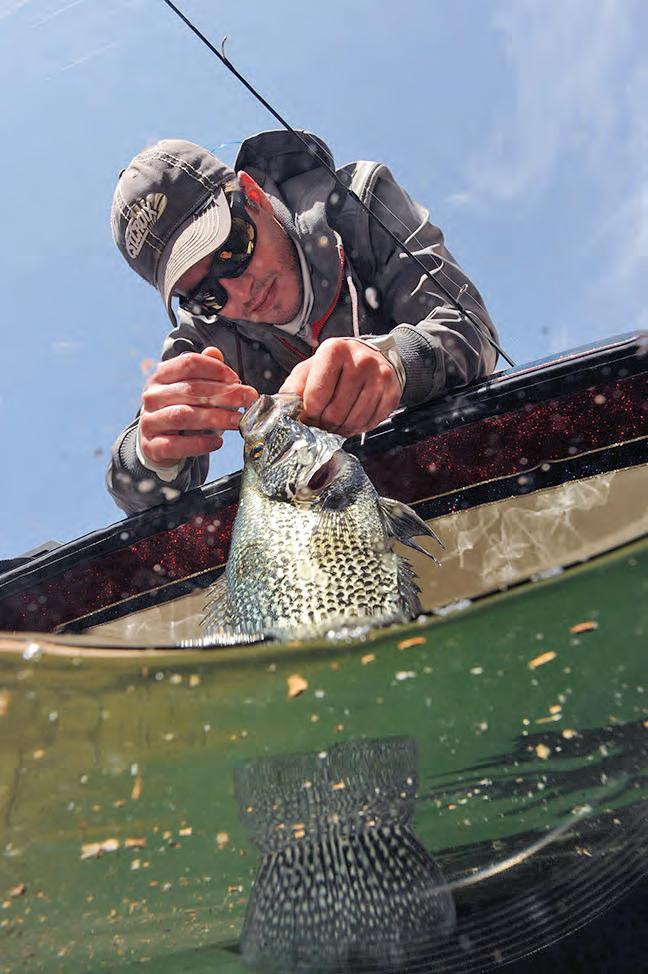
Bluegills, while more opportunistic and scattered, still relate strongly to weed edges and shallow cover when the conditions are right. eir adaptability means they can be caught both shallow and deep, but they may take more searching to !nd than their crappie counterparts.
Despite the variables, the recipe for fall pan!sh
success remains relatively consistent: follow the forage, !nd healthy weeds or cover, and adjust based on the weather. Whether you’re chasing aggressive schools of crappies in deep water or hunting bluegills in shallow weed patches, fall o ers a window of opportunity that savvy anglers won’t want to miss.





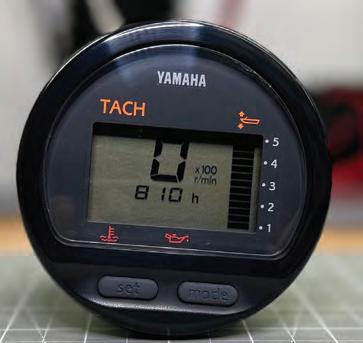




Nestled in the heart of the Caribbean, the US Virgin Islands embody a harmonious blend of natural beauty, cultural vibrancy, and laid-back serenity. ese islands are more than just a picturesque getaway; they are a living testament to nature’s rhythm and resilience, e ortlessly in tune with the world around them.
With no passport required for U.S. citizens, from the moment you arrive, the islands’ natural rhythm is palpable. e gentle sway of palm trees, the soothing sound of surf crashing against sandy shores, and the vibrant melodies of local music all echo the heartbeat of this tropical paradise. e islands’ lush landscapes, with their verdant hills and crystal-clear waters, mirror the steady pulse of life that sustains the local ecosystems and communities alike.
e US Virgin Islands’ environment is a symphony of biodiversity with world class !shing and diving. ese natural elements are not static; they dance in harmony, in uenced by the tides, wind, and seasonal changes— further emphasizing the islands’ intrinsic rhythm. is delicate balance underscores the importance of conservation e orts, ensuring that future generations continue to

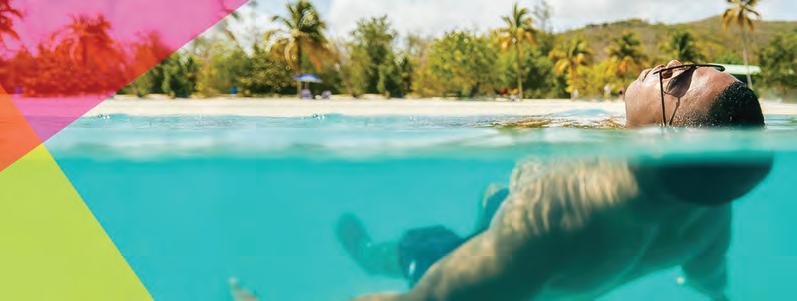
experience the islands’ natural cadence.


Culturally, the US Virgin Islands are equally in tune. e music, dance and festivals re ect a vibrant heritage rooted in African, European and Caribbean traditions. e spirited calypso beats and reggae rhythms are expressions of life's ongoing dance—celebrating resilience, community and joy. ese cultural expressions are an extension of the islands’ natural rhythm, showcasing how human life here moves seamlessly
with nature’s ow.
In a world o en dictated by chaos and rapid change, the US Virgin Islands serve as a reminder of the beauty of being in sync with nature’s tempo. eir natural, cultural and ecological rhythms o er a blueprint for sustainable living and harmony. As travelers and residents alike continue to embrace this rhythm, they uphold a legacy of balance—one that celebrates life’s natural ow and the enduring spirit of these remarkable islands. In the US Virgin Islands, being in rhythm isn’t just an ideal; it’s a way of life.
Learn more at www.VisitUSVI.com.





Buy One, Get One Free
Valued at over $90,000 MSRP, only 3000 tickets will be sold


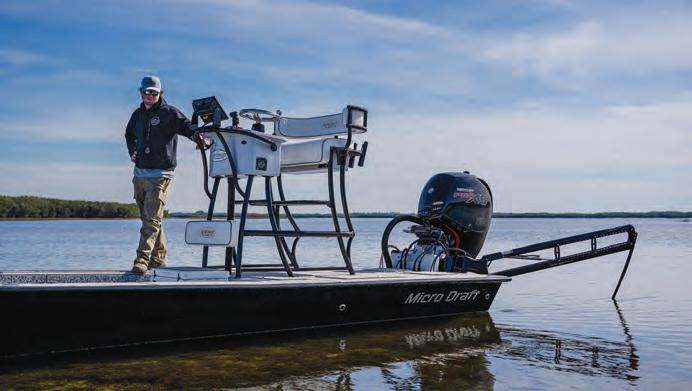



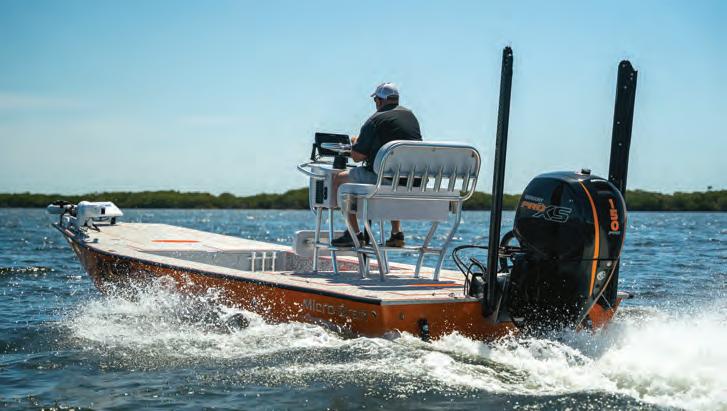




Tim Barefoot

September is a peculiar month. Some of the hottest days of the year, hurricane season is in full swing and the !rst northeast winds and cold fronts are about to occur. is is the time of year when wahoo and yellow!n can be caught right up against the beach on big schools of cigar minnows and sardines, or out in the deeper water. ere is no rhyme or reason to it this time of year; these !sh simply follow the bait schools
is is also the time of year when scamp grouper are very vulnerable. If you have the ability to keep a pin!sh trap in the water, it’s a good idea to take live pin!sh with you o shore for a number of reasons. One, pin!sh are very hearty and will live until the end of the day in the live well. Two, they are very sought a er by scamps because scamps view them as egg eaters and will kill them (eat them) so they don’t eat their eggs. And three, they are readily available at all !sh cleaning stations, at most marinas. Yes, I strongly suggest taking two or three boxes of frozen cigar minnows for bait, but live pin!sh are a ringer for scamps and other grouper/ snapper species in the deeper water.
with a cigar minnow. Proof is in the pudding...and here’s your proof. I’ve always said if you !nd the bait you !nd the !sh, and if you !nd big marks of bait (cigs, sardines, tinks, beeliners etc…) you’ll !nd the !sh. It’s always a good thing to have a “spotlight trolling motor” option to be able to sit on the bait or at least slow your dri in currents, but !sh under the bait on or near the bottom for grouper and snappers and keep the light line out for all the pelagics.
Designate one person in the crew to keep multiple light-line baits tended. Do not let this person get complacent and start bottom !shing. e same person should stay focused on the baits and working the Sabiki for whatever bait is below the boat. I’ve always said “Don’t walk in a Chinese restaurant and order a pizza,” meaning whatever is there is what they’re eating! A couple obvious execptions to this is pin!sh on the bottom and greenies/sardines; these baits are universal. We can’t keep gag grouper this time of year or American red snapper, but you can de!nitely !ll the box with other species.

September is when you will see all the tropical species in places you don’t normally see them. All the tropical snappers are everywhere now. Frozen cigar minnows on the Squid Decoy Jig are a wonderful option, but live cigs and sardines are a “whole nother story.” As shown in the photo, the all-time IGFA world record scamp was caught on the 12 ounce

Be ready for that big bite on the light line by choosing your tackle wisely as well. Yes, you need to keep the leader ( oro and wire) size small to get the bites, but use the correct size hooks, reel and line capacity to handle bigger !sh. Like I mentioned earlier, this is the time of year when wahoo are everywhere...and nowhere. You could catch a giant wahoo or tuna inshore, or in the deep water, just be prepared for it and be ready to chase it down if need be. e kite is always a great option if you have the team that can y the kite and bottom !sh simultaneously as it can be a challenge with wind speed, direction and current.
Learn more from Tim Barefoot on his YouTube channel and at barefootcatsandtackle.com.








